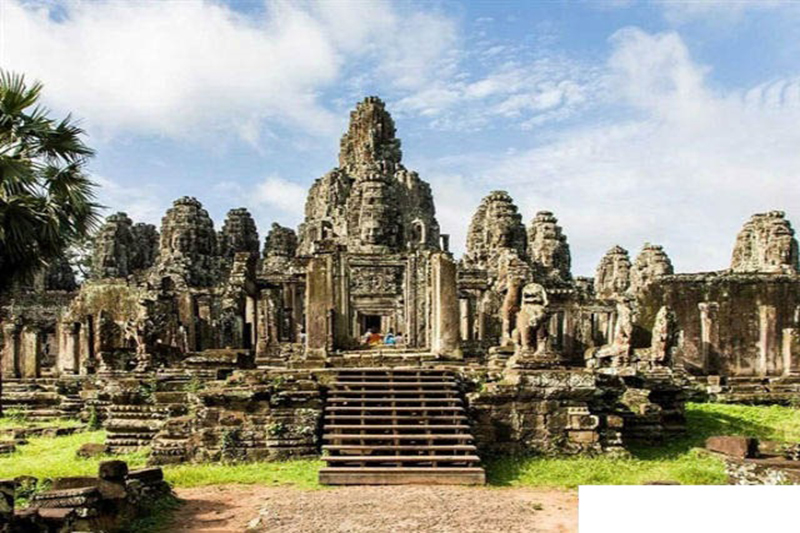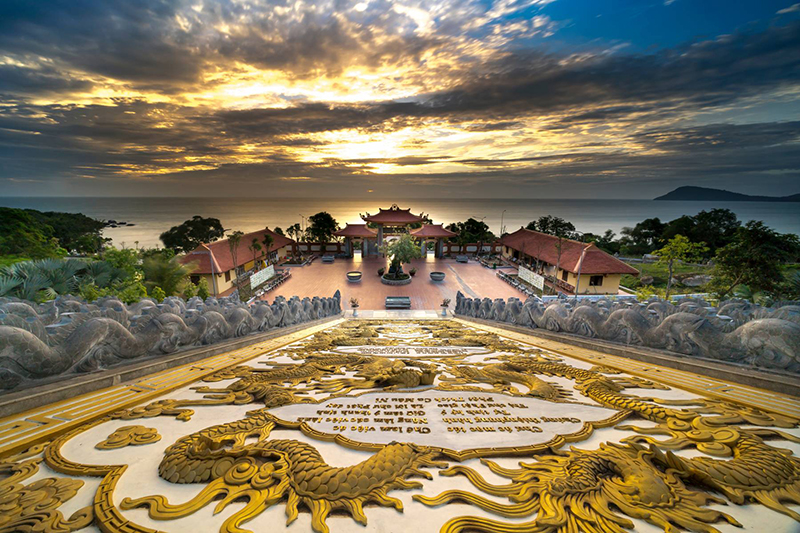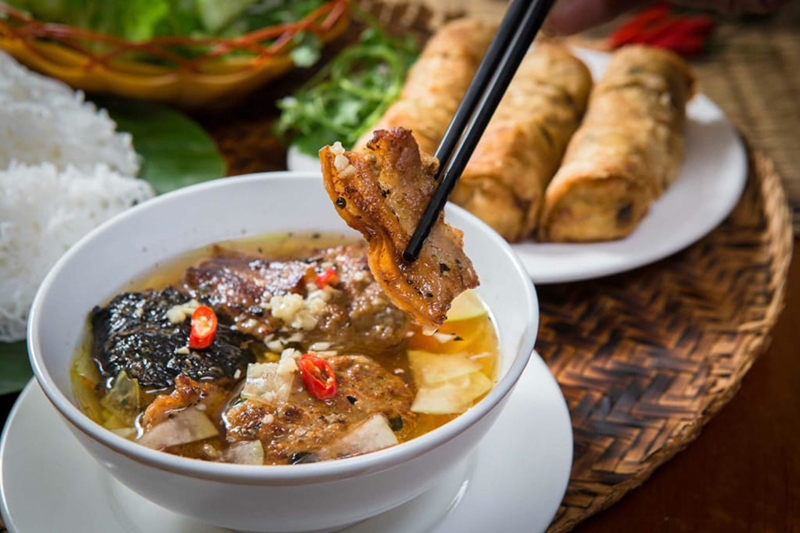-

Booking Tips for Hotels in Vietnam: What Every Traveler Should Know
-
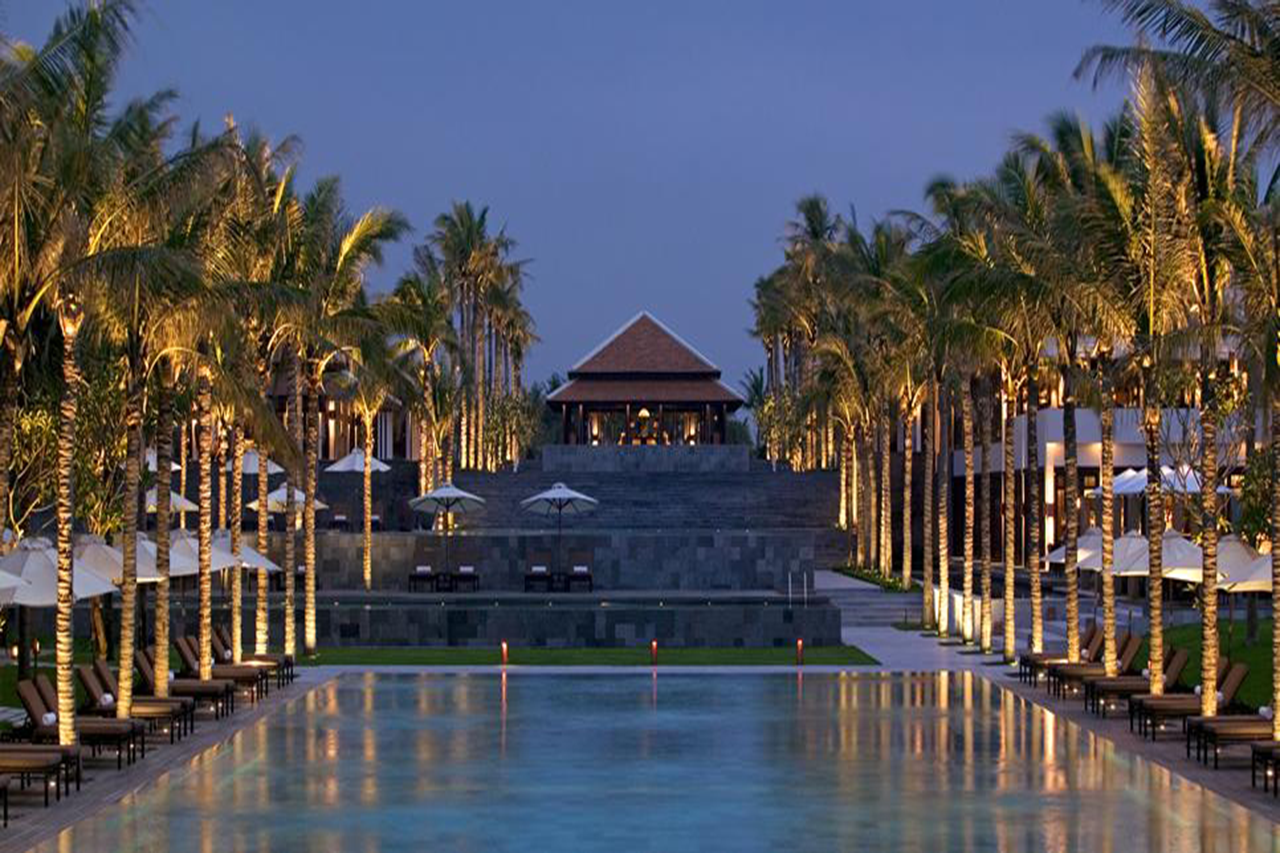
Exploring Local Culture Through Your Hotel Stay in Vietnam
-

Family-Friendly Hotels in Vietnam: Comfort for All Ages
-
.png)
Vietnamese Design Meets Global Comfort: Aesthetic Trends in Hotels
-
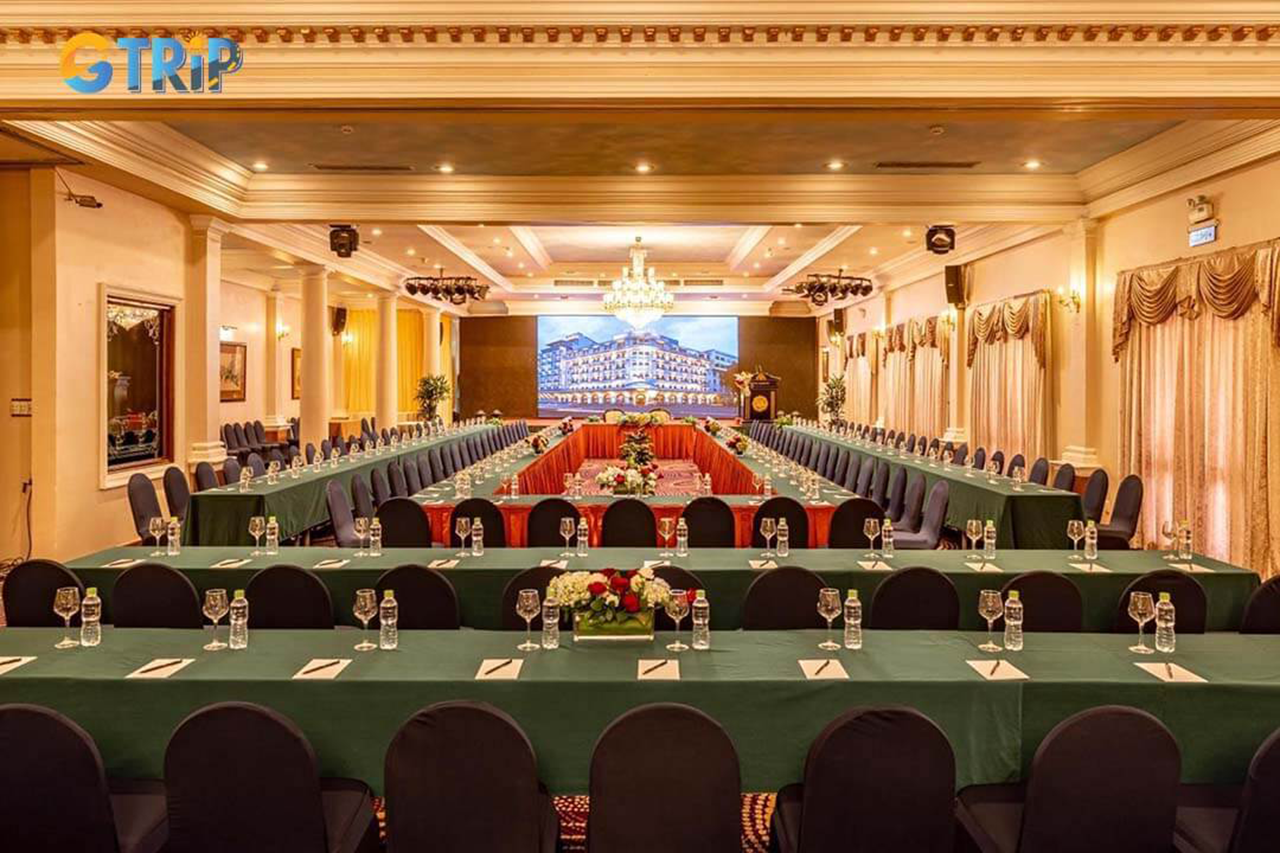
Business Travel in Vietnam: Hotels That Understand the Modern Professional
Vietnamese Design Meets Global Comfort: Aesthetic Trends in Hotels
1. The Evolution of Hotel Aesthetics in Vietnam
Vietnam's hospitality sector has undergone a remarkable transformation over the past two decades. Once dominated by utilitarian, Western-style buildings, the country now boasts an impressive range of architecturally stunning hotels that marry international luxury standards with distinctive Vietnamese flair.
Design is no longer an afterthought—it is central to the guest experience. From boutique heritage stays to eco-luxury resorts, design trends in Vietnam are being shaped by a deep respect for culture, environment, and storytelling.
2. Cultural Identity in Every Detail
Modern Vietnamese hotels are embracing their roots by integrating traditional motifs, materials, and stories into their design. This approach not only enhances aesthetics but also preserves and honors national heritage.
Common elements include:
-
Lacquerware finishes and mother-of-pearl inlays
-
Bamboo screens and carved wooden panels
-
Ceramic tile patterns inspired by ancient pagodas
-
Decorative textiles like brocade and indigo-dyed fabrics
These cultural accents provide guests with an immediate sense of place and authenticity.
3. Fusion of Old and New
The most exciting trend in Vietnam’s hotel design is the blending of traditional and contemporary styles. Architects and interior designers are skillfully juxtaposing antique furniture with modern lighting, or minimalist structures with historic facades.
Examples include:
-
Restored French colonial villas in Hanoi turned into boutique hotels
-
Ancient wooden houses adapted into luxury eco-resorts
-
Sleek glass buildings wrapped with traditional louvered shutters
This fusion reflects Vietnam’s dual identity: rooted in history, yet boldly modern.
4. Nature-Inspired Architecture
Vietnamese hotel design often emphasizes harmony with the natural environment. Whether nestled in the mountains of Sapa or on the beaches of Da Nang, properties are increasingly built to frame nature rather than compete with it.
Features include:
-
Open-air layouts and natural ventilation
-
Indoor gardens and green walls
-
Use of local stone, clay, and timber
-
Infinity pools that overlook rice paddies, jungle, or ocean
These design choices not only reduce environmental impact but also promote relaxation and mindfulness.
5. Minimalism with Warmth
While minimalism is trending globally, Vietnamese hotels have adapted it in a uniquely warm and welcoming way. The palette leans toward earthy tones, soft lighting, and organic textures.
Rather than sterile white spaces, guests encounter:
-
Natural wood floors and woven mats
-
Warm brass fixtures and hand-crafted lamps
-
Open shelving with curated local art
This aesthetic invites comfort while maintaining elegance.
6. Indoor-Outdoor Flow
Vietnam’s tropical climate lends itself beautifully to indoor-outdoor living. Many hotels take advantage of this by creating seamless transitions between guest rooms, lobbies, dining areas, and nature.
Typical features:
-
Floor-to-ceiling windows and sliding doors
-
Outdoor bathtubs and showers
-
Rooftop lounges and terraces
-
Courtyards with lotus ponds or water features
Guests experience a feeling of space, freedom, and fluidity—perfect for unwinding.
7. Lighting as Atmosphere
Lighting in Vietnamese hotels goes beyond function. Designers use light to sculpt mood, guide movement, and create drama. This includes:
-
Lantern-style lamps for cultural ambiance
-
LED strips to highlight architectural elements
-
Candlelight and fire pits for evening serenity
-
Natural daylight prioritized through clever angles and skylights
Lighting is used as a storytelling tool as much as a practical one.
8. Regional Inspiration
Different regions in Vietnam bring distinct design flavors to their hotels:
-
Hue: Imperial elegance, silk drapes, and royal colors
-
Hoi An: Wooden beams, handmade lanterns, and rustic colonial touches
-
Northern Highlands: Stone walls, thatched roofs, and Hmong or Dao patterns
-
Mekong Delta: Open-air bungalows, woven bamboo walls, and floating elements
This diversity ensures that each hotel tells a local story.
9. Art as Experience
Vietnamese hotels increasingly integrate art into the core guest journey. From curated galleries to live performances, travelers engage with the local creative scene without leaving the property.
Examples:
-
Lobby murals painted by Vietnamese artists
-
Rotating exhibitions of ethnic crafts
-
On-site artist-in-residence programs
-
Sculptures inspired by folklore or nature
This approach blurs the line between accommodation and cultural venue.
10. Design with Purpose
More than just style, Vietnamese hotel design now focuses on intention. Properties are built to:
-
Tell a local story
-
Respect cultural heritage
-
Promote sustainability
-
Enhance emotional connection
The result is a new generation of hotels that are not only beautiful but meaningful.
In Vietnam, design isn’t about impressing from a distance. It’s about drawing guests closer—to the landscape, the culture, and themselves. When global comfort meets Vietnamese soul, travelers leave not just rested, but transformed.
Related articles

